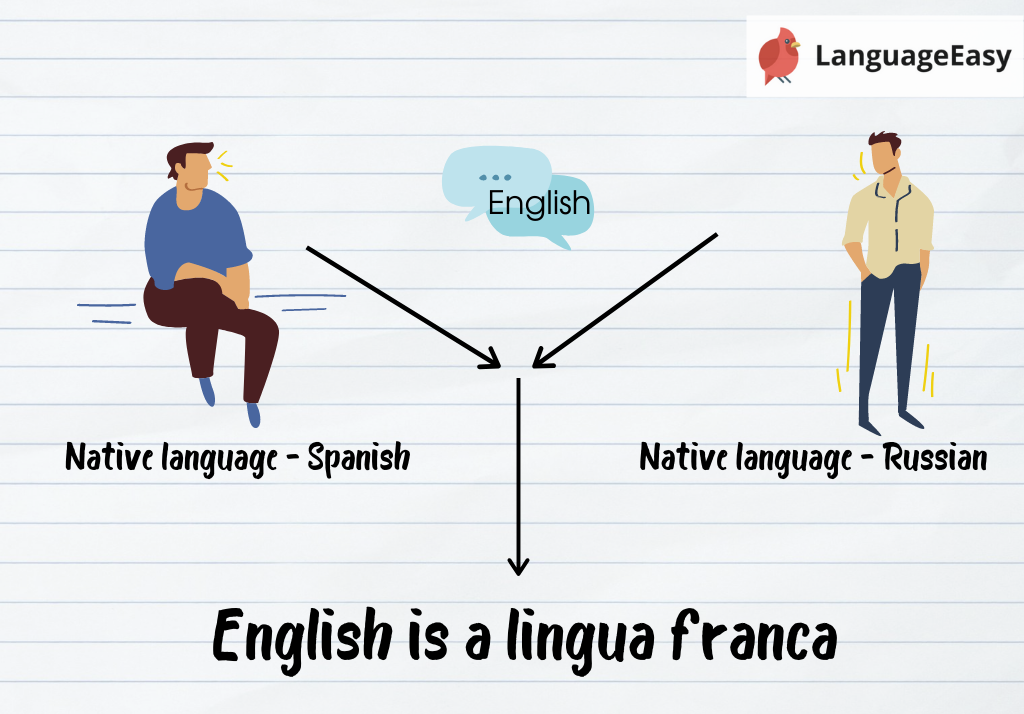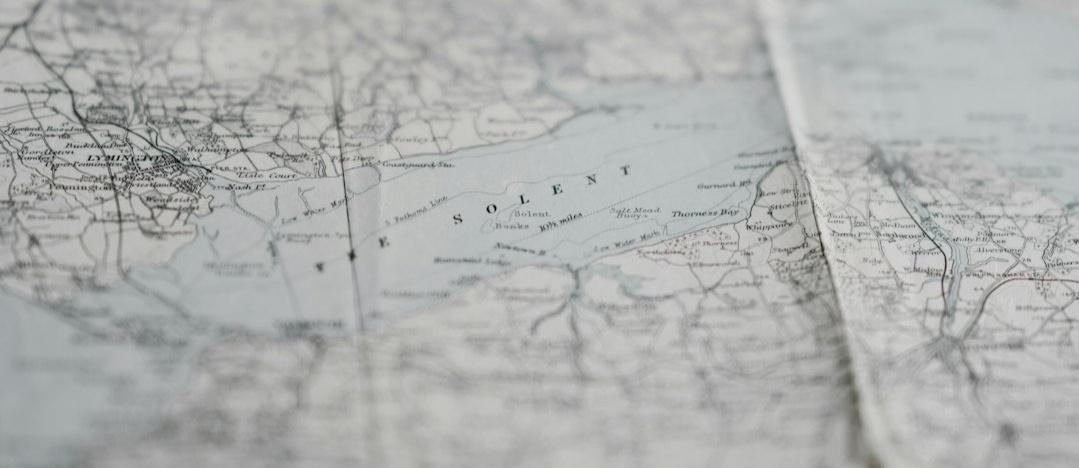WHY LINGUA FRANCAS MATTER
Lingua francas promote connection and understanding in an increasingly globalized world. They play a key role in international cooperation, the spread of ideas, and cross-cultural exchange. Whether you're ordering food in a foreign country, participating in a UN summit, or chatting online with someone across the globe, chances are — you're using a lingua franca!
Lingua francas promote connection and understanding in an increasingly globalized world. They play a key role in international cooperation, the spread of ideas, and cross-cultural exchange. Whether you're ordering food in a foreign country, participating in a UN summit, or chatting online with someone across the globe, chances are — you're using a lingua franca!

EXAMPLES OF LINGUA FRANCAS
Historically and today, many languages have served as lingua francas around the world. Let’s take a look:
🔹Latin – the lingua franca of scholars, the Church, and the elite in Europe from Roman times up to the 18th century.
🔹Arabic – used widely as a common language across the Islamic world for religious, academic, and trade purposes.
🔹Swahili – functions as a lingua franca across East Africa among people of different native tongues.
🔹Russian – used as a lingua franca in many parts of Eastern Europe and Central Asia during and after the Soviet Union.
🔹French – served (and still serves) as a diplomatic and official language across Africa, Europe, and international institutions.
🔹Spanish – a lingua franca across Latin America and in former Spanish colonies.
🔹English – today’s most widespread global lingua franca, used in aviation, science, business, diplomacy, and the internet.
According to linguist David Crystal, over 80% of scientific articles today are written in English, and it's the most commonly taught second language worldwide.
Historically and today, many languages have served as lingua francas around the world. Let’s take a look:
🔹Latin – the lingua franca of scholars, the Church, and the elite in Europe from Roman times up to the 18th century.
🔹Arabic – used widely as a common language across the Islamic world for religious, academic, and trade purposes.
🔹Swahili – functions as a lingua franca across East Africa among people of different native tongues.
🔹Russian – used as a lingua franca in many parts of Eastern Europe and Central Asia during and after the Soviet Union.
🔹French – served (and still serves) as a diplomatic and official language across Africa, Europe, and international institutions.
🔹Spanish – a lingua franca across Latin America and in former Spanish colonies.
🔹English – today’s most widespread global lingua franca, used in aviation, science, business, diplomacy, and the internet.
According to linguist David Crystal, over 80% of scientific articles today are written in English, and it's the most commonly taught second language worldwide.
LanguageEasy Newsletter
Subscribe to LanguageEasy Newsletter to receive updates, language learning tips and more!
(❗sometimes e-mails may come to your spam box - be attentive and get a newsletter out of it 😉)
(❗sometimes e-mails may come to your spam box - be attentive and get a newsletter out of it 😉)


